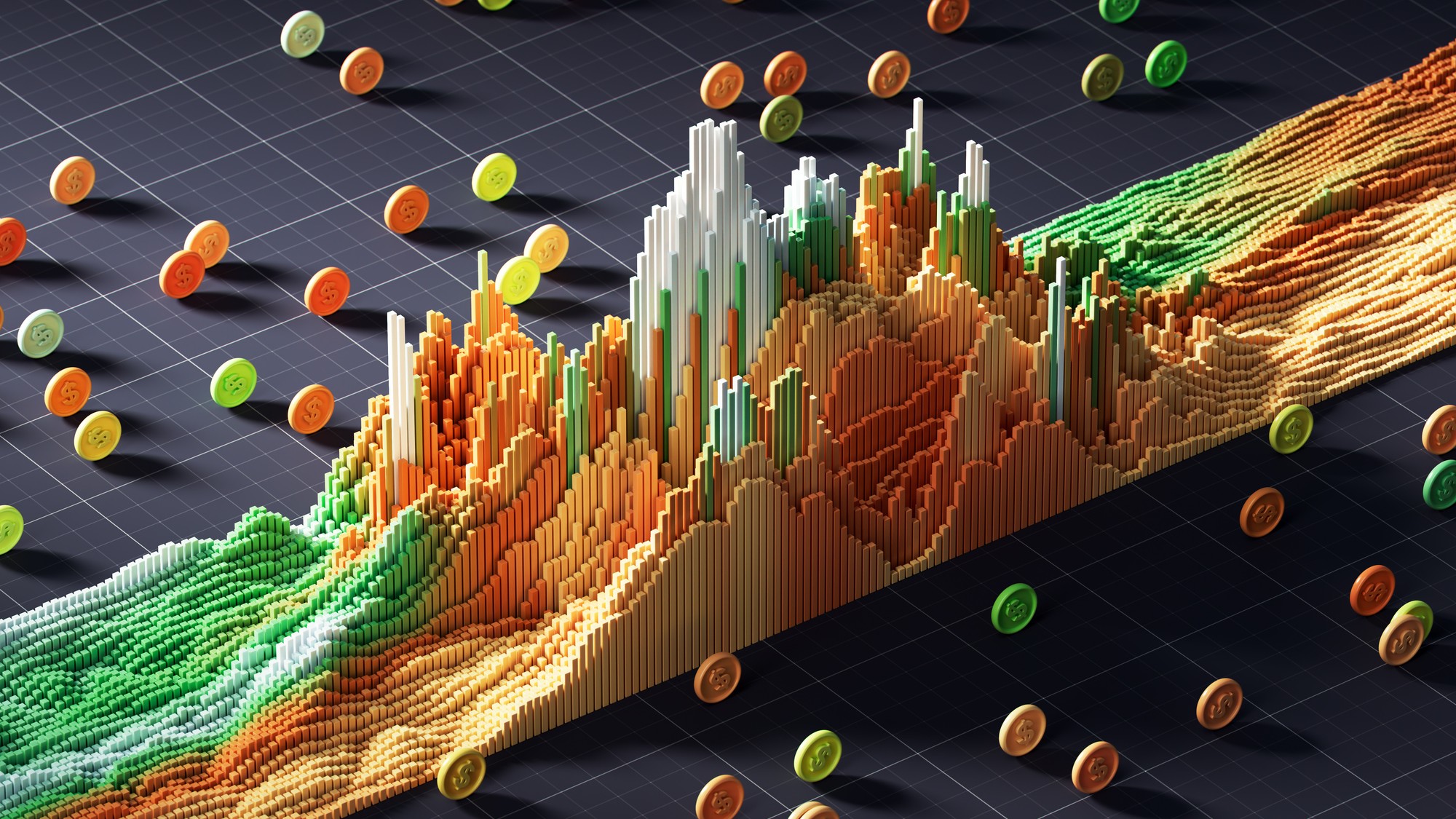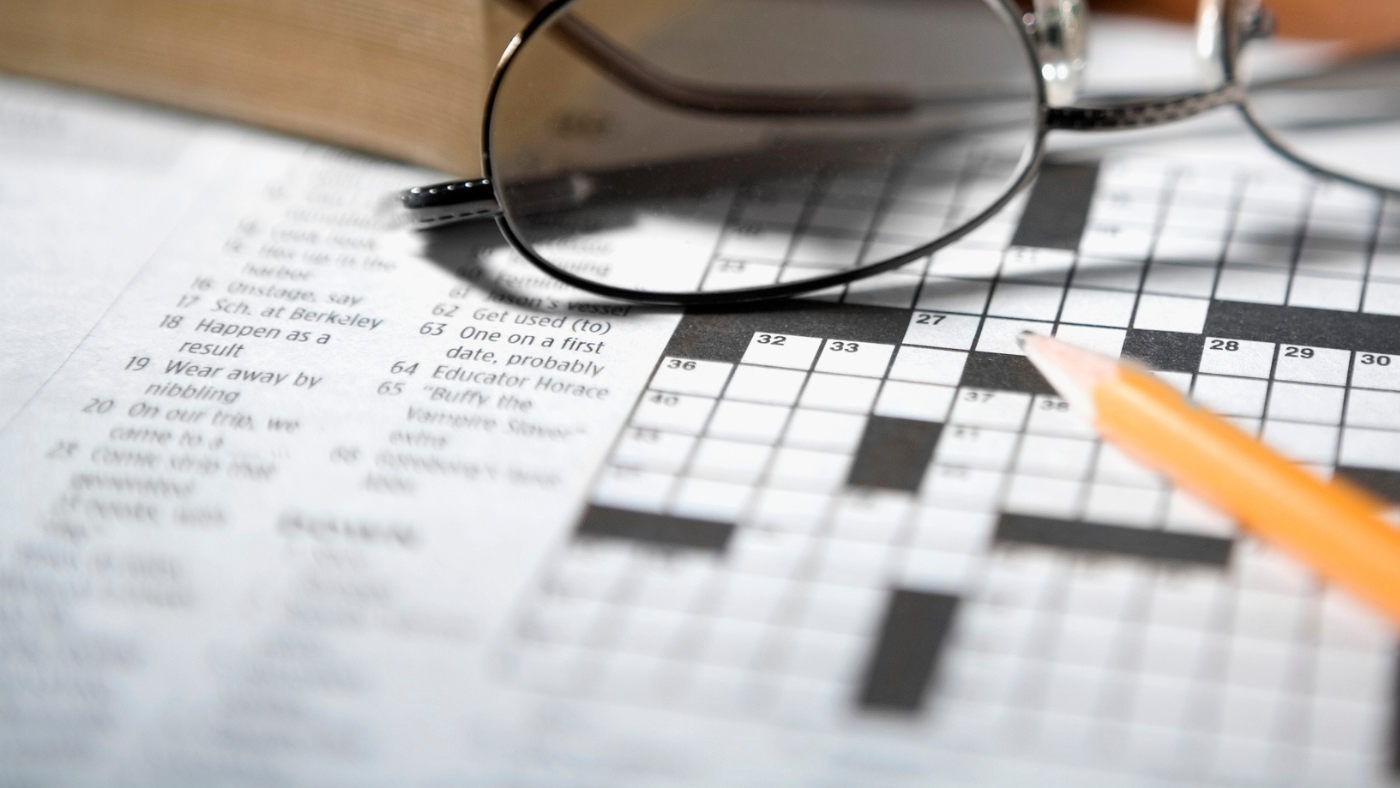Why Native Americans are the exception to the population slowdown
While the era of the population boom is ending, Native American census data is way up

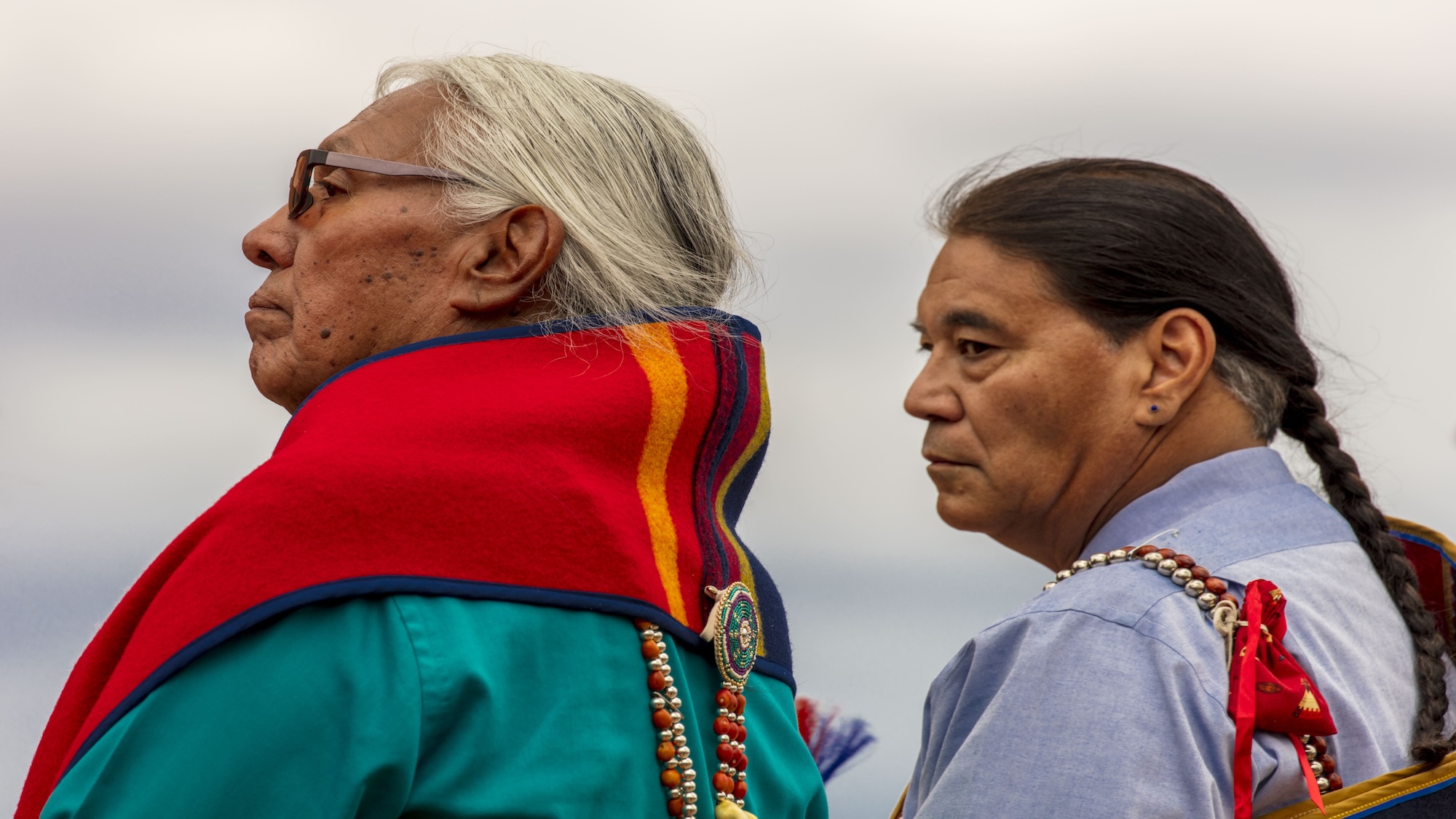
The general consensus across the world is that human population growth is declining, and while the United Nations estimates there will be 9.7 billion people on Earth by 2050, this figure "comes against the backdrop of a slowing global fertility rate." There is one demographic in the United States, though, where this parameter doesn't seem to apply: Native Americans.
Data released in September from the U.S. Census Bureau, collected during the 2020 census, detailed population makeups for more than 1,200 previously uncharted racial and ethnic groups. While populations of most ethnic groups were shrinking on par with the rest of the world, Native American and Indigenous groups saw their populations "skyrocket 85% over the past decade," according to an analysis of the data by The Washington Post.
The data shows that the number of Americans claiming at least partial Indigenous heritage increased from 5.2 million to 9.7 million over the ten-year census period. This includes people who identify with either American Indian or Alaska Native populations. But when the rest of the United States — and the world — is grappling with a population bust on the horizon, why is census data showing the opposite for Native Americans?
The Week
Escape your echo chamber. Get the facts behind the news, plus analysis from multiple perspectives.

Sign up for The Week's Free Newsletters
From our morning news briefing to a weekly Good News Newsletter, get the best of The Week delivered directly to your inbox.
From our morning news briefing to a weekly Good News Newsletter, get the best of The Week delivered directly to your inbox.
It's not because of 'good old-fashioned procreation'
While the answer might seem obvious — Native Americans are having more babies than everyone else — their population spike "probably was not the result of good old-fashioned procreation," Andrew Van Damn wrote for the Post. He noted that Native Americans "had the lowest fertility rate of any group measured last year, roughly tied with Asian Americans."
Indeed, "birth rates among Native Americans don’t explain the massive rise in numbers," Circe Sturm wrote for the Mississippi Free Press in 2021. The more likely answer is that people "who previously identified as white are now claiming to be Native American," she added.
This largely represents "a rejection of the centuries-long process of assimilation, when different racial and ethnic groups were pressured to adopt white norms of behavior," Sturm reported. Brookings Institution researcher Robert Maxim corroborated this fact to the Post, saying that this multiracial spike "was the legacy of centuries of forced assimilation."
However, while this history "helps explain why Native Americans are more likely to have a mixed heritage," Van Dam reported for the Post, "it doesn’t explain the giant increase in numbers in recent years." That may have more to do with the U.S. Census Bureau itself.
A free daily email with the biggest news stories of the day – and the best features from TheWeek.com
Issues with the census data
Part of the disparity is that "data about Native Americans is unusually hard to parse," Van Dam added for the Post, and "relies on each person’s own assessment of tribal affiliation, rather than tribal enrollment, and counts many more tribes than have official federal recognition." This can result in a system that "leads to all sorts of wacky results."
And Native American groups themselves may have trouble fully analyzing the data. That's because the 2020 census data sets "are more limited and less accurate than they were in the previous census," Mike Schneider and Morgan Lee reported for The Associated Press. This is because of "new privacy methods implemented by the U.S. Census Bureau in order to protect the confidentiality of participants," the duo opined.
One of these methods actually creates intentional data errors "by adding or subtracting people from the actual count in order to obscure the identity of any given participant in a particular area," Schneider and Lee reported. However, experts have assured that the data remains largely accurate, with James Tucker, a voting rights attorney for the Native American Rights Fund, telling AP that the Census Bureau "took it to heart to make the data as accurate as possible while balancing that against the privacy concerns."
University of Minnesota sociologist Carolyn Liebler agreed on the culprit, telling the Post, "it’s definitely the Census Bureau." While people are identifying as partially Indigenous at higher rates, that's not a new phenomenon, and the current population spike is due to "very important changes in the race question and especially in the way they coded the responses that they received," Liebler added.
While "a broad definition of Native America isn’t necessarily bad," Van Dam wrote for the Post, the Census Bureau's new guidelines mean that "the total of 9.7 million American Indians and Alaska Natives includes people who did not check that box on the census."
Justin Klawans has worked as a staff writer at The Week since 2022. He began his career covering local news before joining Newsweek as a breaking news reporter, where he wrote about politics, national and global affairs, business, crime, sports, film, television and other news. Justin has also freelanced for outlets including Collider and United Press International.
-
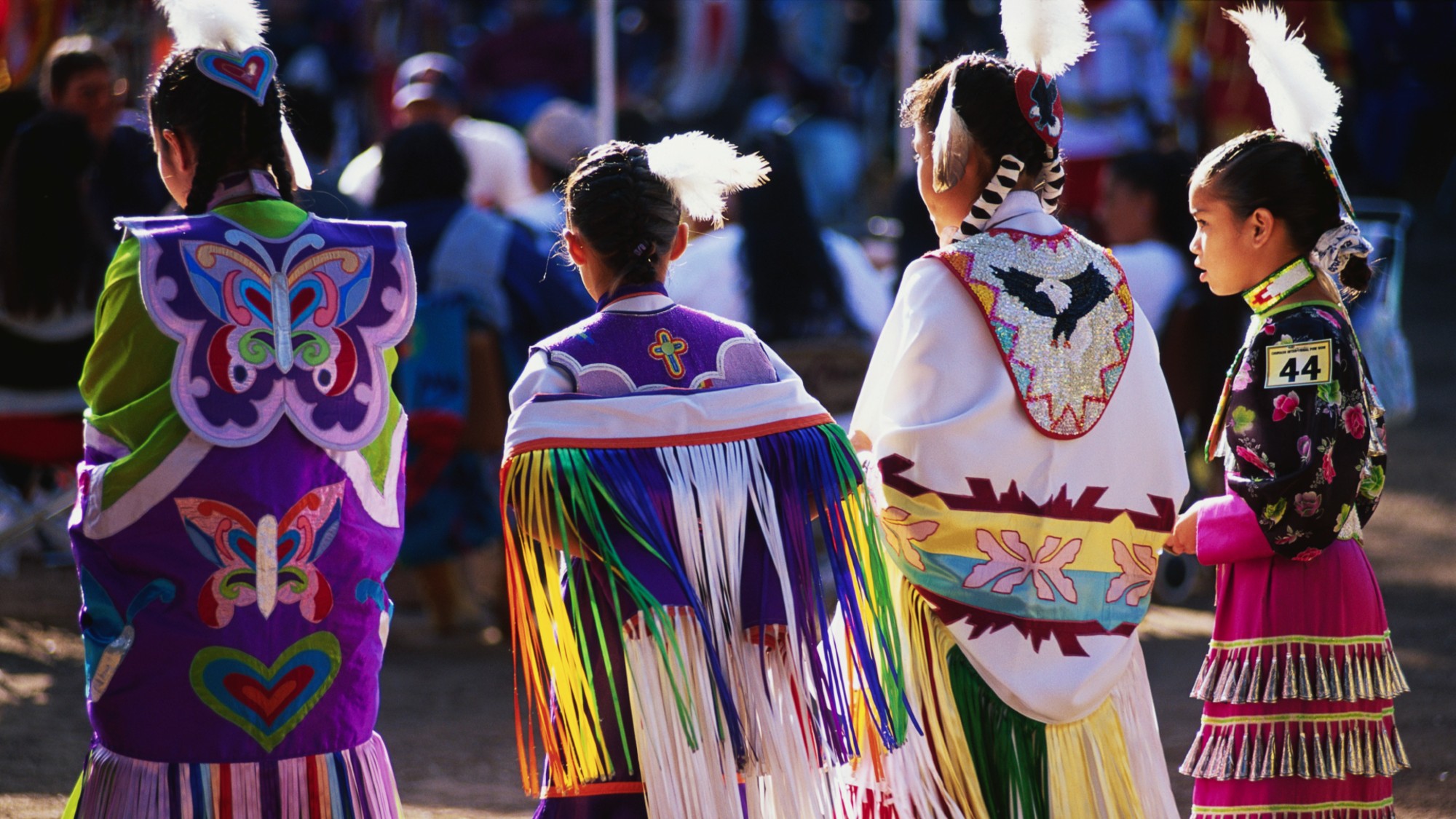 'Repatriation is not a favor'
'Repatriation is not a favor'Instant Opinion Opinion, comment and editorials of the day
-
 Ukraine hints at end to 'hot war' with Russia in 2025
Ukraine hints at end to 'hot war' with Russia in 2025Talking Points Could the new year see an end to the worst European violence of the 21st Century?
-
 The future of X
The future of XTalking Point Trump's ascendancy is reviving the platform's coffers, whether or not a merger is on the cards
-
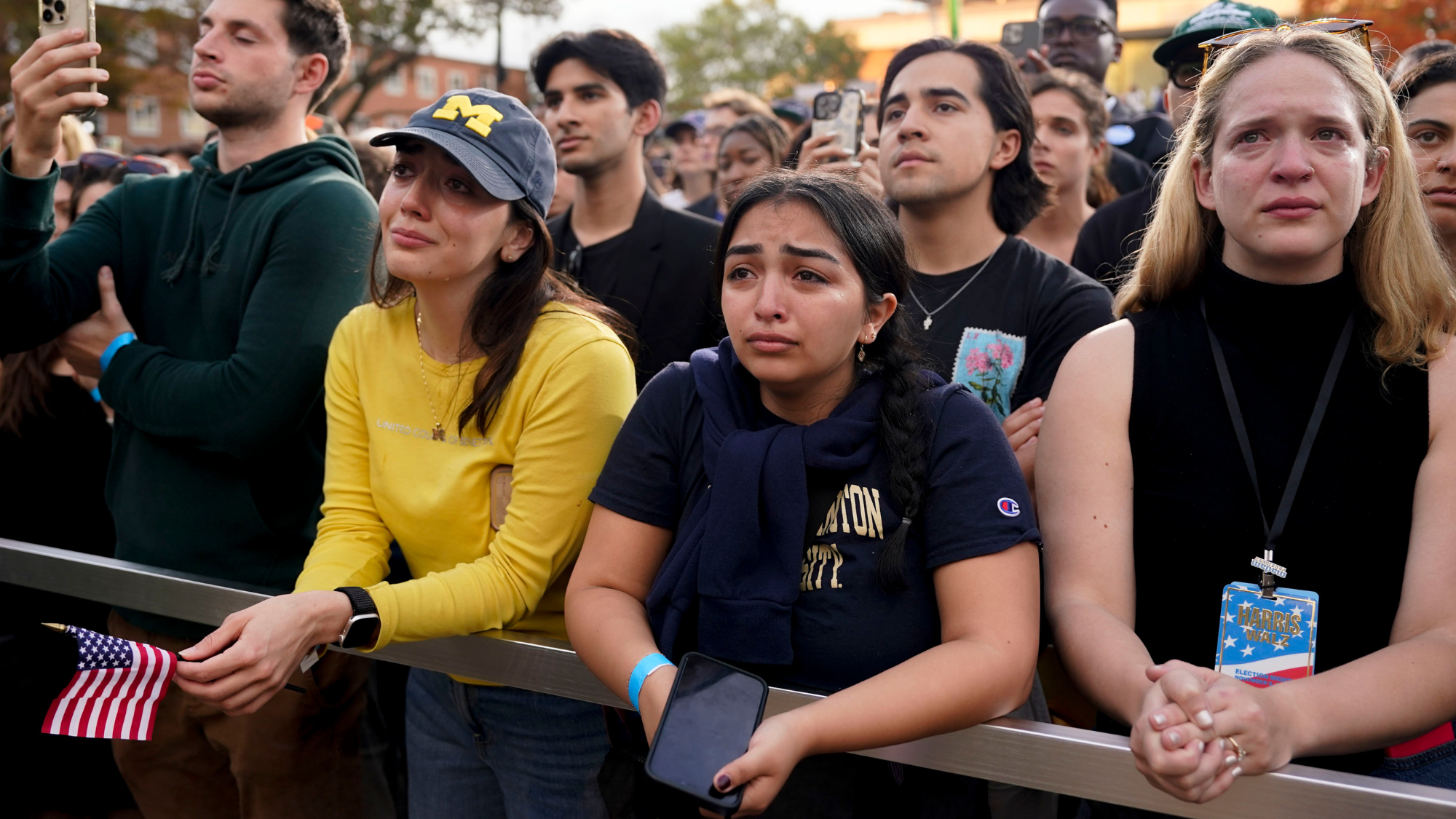 The Democrats: time for wholesale reform?
The Democrats: time for wholesale reform?Talking Point In the 'wreckage' of the election, the party must decide how to rebuild
-
 What will Trump mean for the Middle East?
What will Trump mean for the Middle East?Talking Point President-elect's 'pro-Israel stance' could mask a more complex and unpredictable approach to the region
-
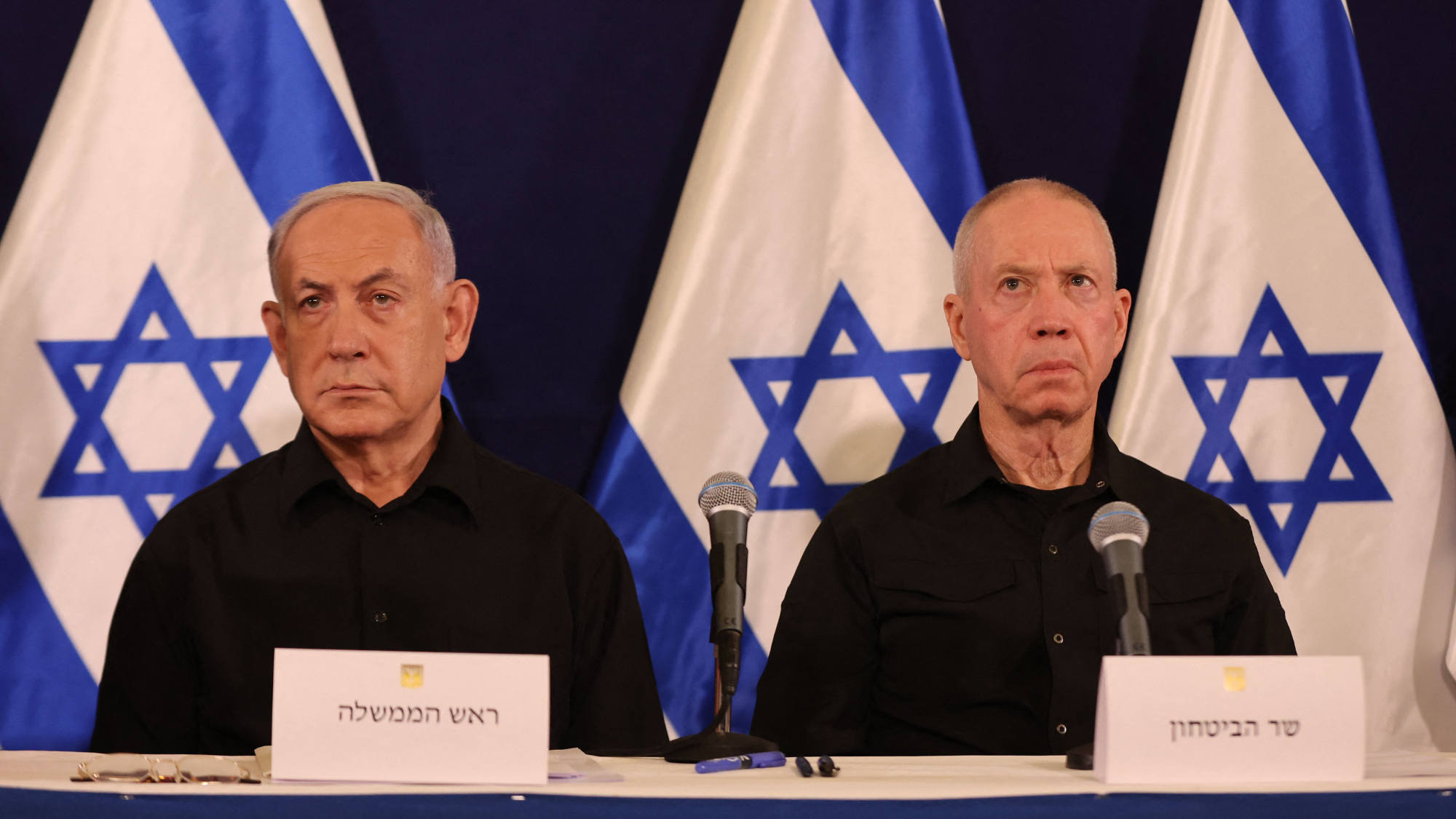 Netanyahu's gambit: axing his own defence minster
Netanyahu's gambit: axing his own defence minsterTalking Point Sacking of Yoav Gallant demonstrated 'utter contempt' for Israeli public
-
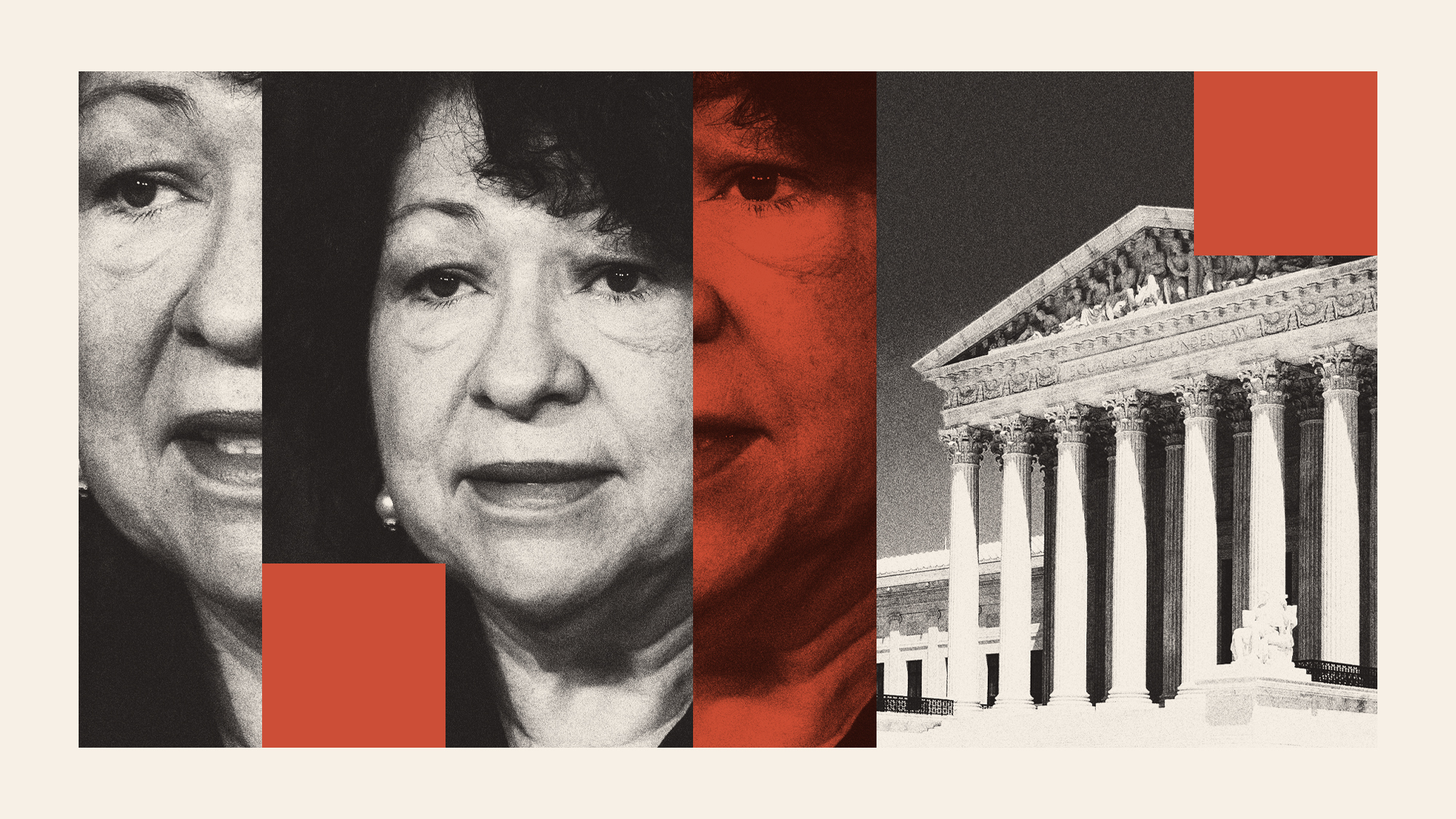 Should Sonia Sotomayor retire from the Supreme Court?
Should Sonia Sotomayor retire from the Supreme Court?Talking Points Democrats worry about repeating the history of Ruth Bader Ginsburg
-
 Meloni's migration solution: camps in Albania
Meloni's migration solution: camps in AlbaniaTalking Point The controversial approach is potentially 'game-changing'

